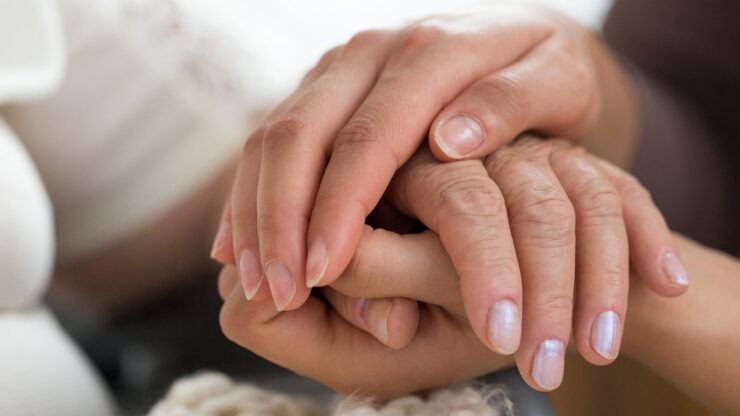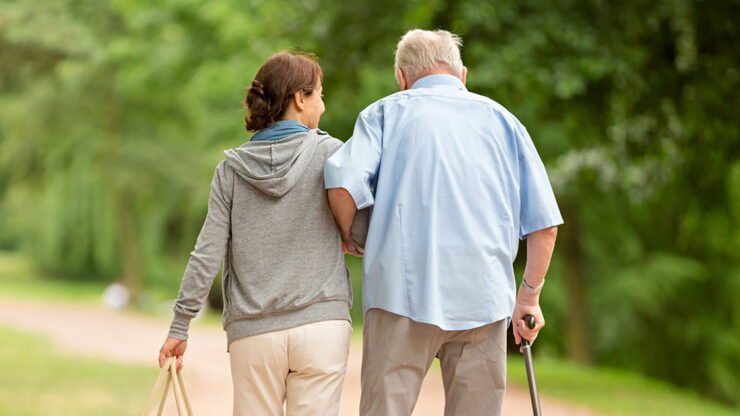
National Parkinson’s Awareness Month: What are the 5 Stages of Parkinson’s Disease?
April is Parkinson’s Awareness Month. Join us to learn more about the ailment, its symptoms, and how best to support those living with the disease. Parkinson’s is a long-term neurodegenerative disorder, meaning that the central nervous system degenerates progressively over time. Parkinson’s disease primarily affects dopamine-producing neurons in parts of the brain related to mobility. The subsequent neural system dysfunction results in loss of motor control.
Parkinson’s disease symptoms can be different for everyone. Early signs may be mild and go unnoticed. Parkinson’s signs and symptoms may include:
- Tremor
A tremor or shaking begins in a limb, often in your hand or fingers. You may rub your thumb and forefinger back and forth, known as pill-rolling and your hand may tremble when it’s at rest. - Slowed movement (bradykinesia)
Over time, Parkinson’s disease may slow your movement, making simple tasks difficult and time-consuming. Your steps may become shorter when you walk. It may be difficult to get out of a chair and you may drag your feet as you try to walk. - Rigid muscles
Muscle stiffness may occur in any part of your body. The stiff muscles can be painful and limit your range of motion. - Impaired posture and balance
Your posture may become stooped, or you may have balance problems because of Parkinson’s disease. - Loss of automatic movements
You may have a decreased ability to perform unconscious movements, including blinking, smiling, or swinging your arms when you walk. - Speech changes
You may speak softly, quickly, slur, or hesitate before talking. Your speech may lose its usual inflections and become more monotone. - Writing changes
It may become difficult to write, and your handwriting may appear small.
To better understand the natural progression of the disease, Parkinson’s is often broken into five distinct stages:
- Stage One
Mild symptoms that generally do not interfere with daily activities. Tremor and other movement symptoms may occur on one side of the body only. Changes in posture, walking, and facial expressions occur. - Stage Two
Symptoms begin to worsen. Tremor, rigidity, and other movement symptoms affect both sides of the body. Walking problems and poor posture may be apparent. The person is still to be able to live alone, but daily tasks are more difficult and lengthier. - Stage Three
Considered mid-stage, loss of balance and slowness of movements are hallmarks. Falls are more common. The person is still fully independent, but symptoms have begun to significantly impair activities such as dressing and eating. - Stage Four
Symptoms have become severe and limiting. It’s possible to stand without assistance, but movement may require a walker. The person needs help with activities of daily living and is unable to live alone. - Stage Five
The most advanced and debilitating stage. Stiffness in the legs may make it impossible to stand or walk. The person requires a wheelchair or is bedridden. Around-the-clock care is required for all activities. This person may experience cognitive involvement including hallucinations.
Caring for a loved one or coping with Parkinson’s Disease yourself can be scary, confusing, and isolating. LifeWorx can help you find an experienced and knowledgeable caregiver to help reduce the impact of a serious condition like Parkinson’s disease.
Find your peace-of-mind.
Explore LifeWorx’ in-home elder care services.

















